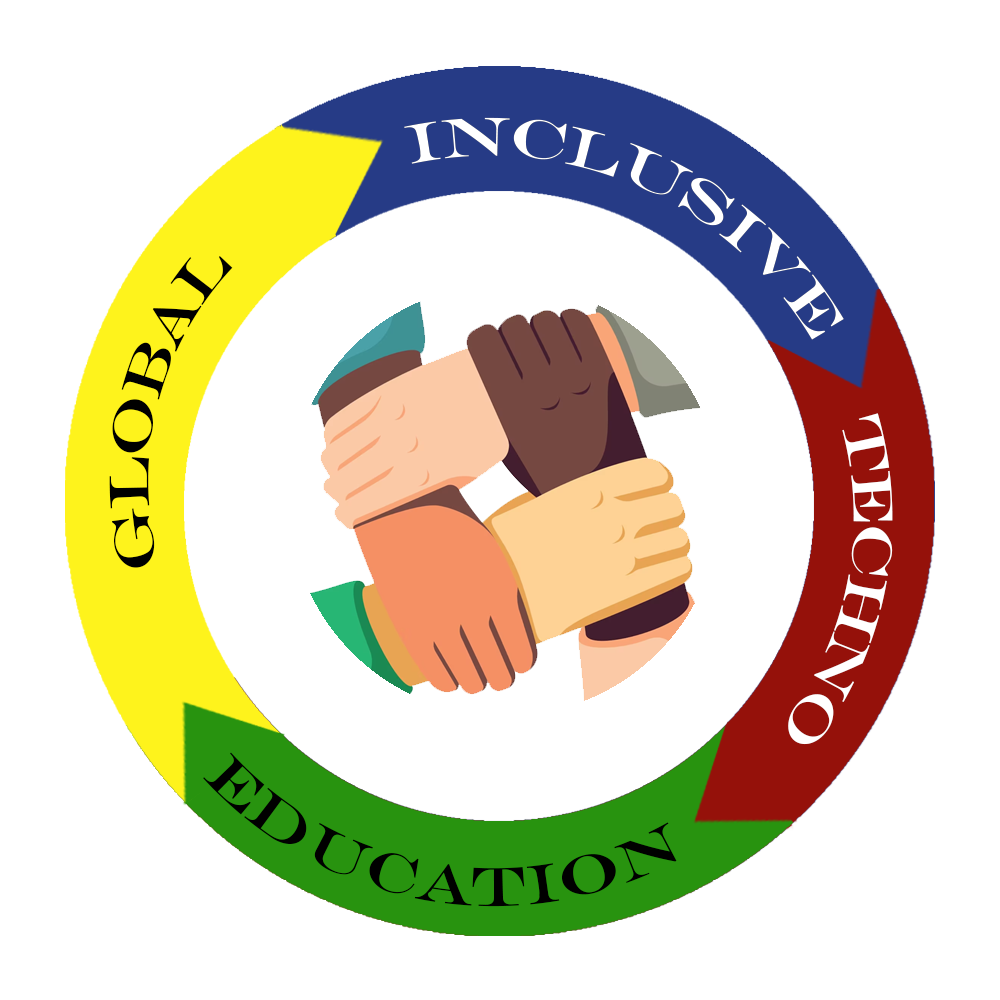Différents types de dyslexie
Dyslexia is a specific learning disability that is neurobiological in origin. It is characterized by difficulties with accurate and/or fluent word recognition and by poor spelling and decoding abilities. These difficulties typically result from a deficit in the phonological component of language that is often unexpected in relation to other cognitive abilities and the provision of effective classroom instruction. Secondary consequences may include problems in reading comprehension and reduced reading experience that can impede the growth of vocabulary and background knowledge. Dyslexia is seen in four categories: Phonological Dyslexia, Surface Dyslexia, Rapid Naming Deficit, and Double Deficit Dyslexia.

Phonological
Phonological Dyslexia is extremely difficult to read due to phonological impairment.
Students with disability have lost their ability to the basic sound of the language.
The cause is a difference in brain areas associated with sound language processing.

Surface Dyslexia
The students with Surface Dyslexia(dyskinetic or visual) have difficulties recognizing familiar words.
Scientists believe that the brain cannot recognize what a word looks like to process the word quickly.
Experts state that it is not common for a student with dyslexia to have both phonological and surface dyslexia.

Rapid Naming Deficit
Students with Rapid Naming Deficit struggle with the ability to rapidly name colors, numbers, and letters. The processing speed of naming is very low so the students have difficulty quickly and automatically naming a letter, number, color, or object. Students with rapid naming dyslexia can say the names of the colors, numbers, and letters, but it often takes them much longer to come up with the correct word.

Double Deficit
Students with double-deficit dyslexia struggle with a combination of both rapid naming and phonological dyslexia.
Experts state that this type of dyslexia is largely regarded as the most severe type of dyslexia.
